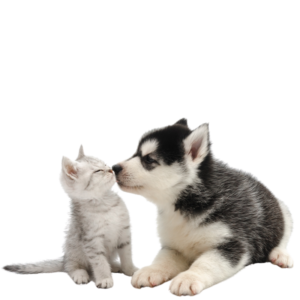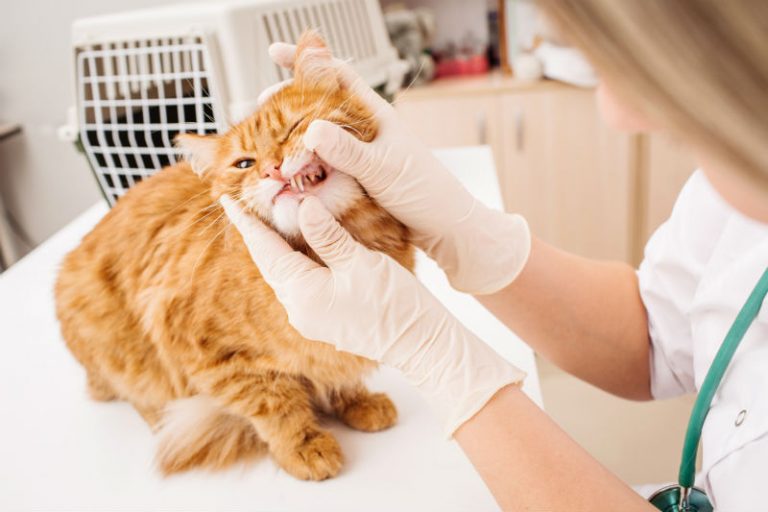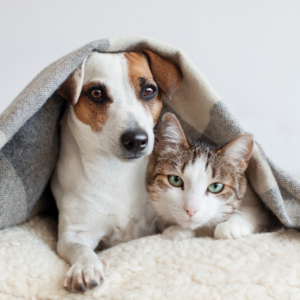What does it mean to be an RVT?
When you take your pet to your veterinary clinic, you may have someone introduce themselves as an RVT, but what does that mean. RVT stands for Registered Veterinary Technician, and we are veterinary professionals that work hand in hand with the doctors and health care team to provide the best care for each patient.
How do you become an RVT?
To become an RVT, you have to attend an OAVT (Ontario Association of Veterinary Technicians) accredited school in Canada. It is usually a two-year program at the college or can be done by distance over the course of 3-4 years. Once graduated, you become a veterinary technician. This course is very intensive and has an over 50% drop out or fail out rate, so for those of us that do make it and go on to become an RVT, it is something to be proud of.
The next step is to pass the Veterinary Technician National Examination (VTNE), this is a 225 multiple choice test on everything we learned over the years in school.
Once this is completed, we have to attend and pass a Professionalism and Ethics Workshop where we learn all about how to conduct ourselves in any situation. We must also submit a criminal background check. Once becoming an RVT, we must maintain our status by doing continuing education either through conferences, classes, courses and online training. We are continually learning and evolving ourselves as the medicine changes.
What does an RVT do in the small animal clinic?
The RVT can do everything a doctor can do, except diagnose a patient, prescribe medications and do surgery. We are a very integral part of the healthcare team. When your pet comes in for surgery in a small animal practice, we are your anesthesiologist, prepping and putting the patient under general anesthetic, administering medications, monitoring in surgery and recovering the patient. During a dental procedure, we are your dental hygienist. We clean the mouth with scaling and polishing, take measurements and chart the teeth in the mouth and take dental x-rays. When a patient has appointments, we are the ones taking blood, giving vaccines, holding for doctor procedures, bandaging and the list goes on. Many RVTs go on to specialize in additional schooling in specific fields like anesthesia, dentistry, large animal and laboratory animal. The other areas that we can branch out into are management, animal services for the city or rescues and sale representative for medical companies.
So what does it mean for you and your pet to have an RVT at the clinic?
This means that when you take your pet to a clinic, and an RVT comes into work with you and your pet, you can have peace of mind that your pet is in the hands of a trained professional that we treat like our pets. We have the education, the knowledge and training to look after your pet thoroughly and communicate and educate you in multiple areas of animal healthcare. As an RVT, I can safely say for most of us that we have not chosen this career for the money (much less than you would think compared to other healthcare professionals), we do it for the love of animals. Not every day is all puppy and kitten ‘happy’ appointments, we are part of devastating situations for pets and owners alike on a routine basis, and this takes a toll on us emotionally. So next time you are in your vet clinic thank your RVT for all they do for your pets!




